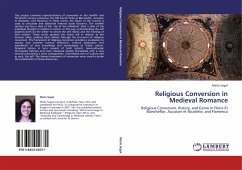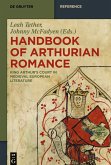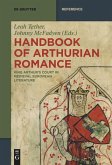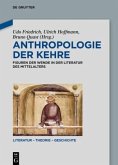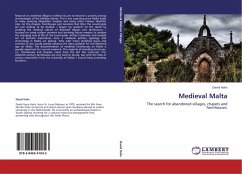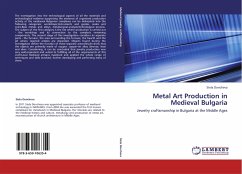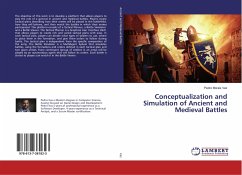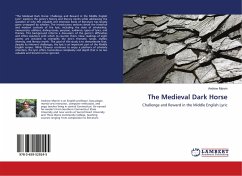This project examines representations of conversion in the twelfth and thirteenth century romances, the Old French Floire et Blancheflor, Aucassin et Nicolette, and Flamenca. In these works, the figure of the convert is used to articulate and elaborate internal social concerns. The twelfth century was less a time of the rise of the individual than a time of the individual thought in relation to others. In this way, understanding the self depends both on the 'other' to whom the self relates and the framing of that relation. These works position the native self in relation to the Saracen other, probing their relation through the structures of religious conversion. The framework of religious conversion provides a vocabulary to express and examine cultural difference, cultural absorption and assimilation of new knowledge and technologies of Arabic culture. Temporal history in turn consists of both nativist, monoculturally formulated histories and more relational models formulated with a view toward articulating a more cosmopolitan, interrelated view of culture and as such, the self. The literary treatments of conversion were used to probe the problematics of these discourses.
Bitte wählen Sie Ihr Anliegen aus.
Rechnungen
Retourenschein anfordern
Bestellstatus
Storno

